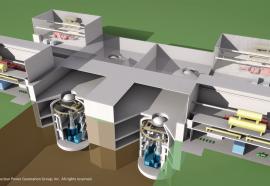Autopilot Error
Why similar U.S and Canadian risk profiles yield varied rate-making results.
Cost of capital is often a contentious issue in utility ratemaking. This is due, in part, to the inexact nature of the tools available to financial analysts and the considerable room for divergent opinions on key inputs to cost-of-capital estimation. Perhaps for this very reason, and to achieve regulatory efficiency, Canadian regulators widely adopted a formulaic approach to setting return on equity (ROE). However, an unusual degree of rancor has evolved north of the border as allowed ROEs in Canada, once at parity, have fallen near 200-basis points below their U.S. peers.









